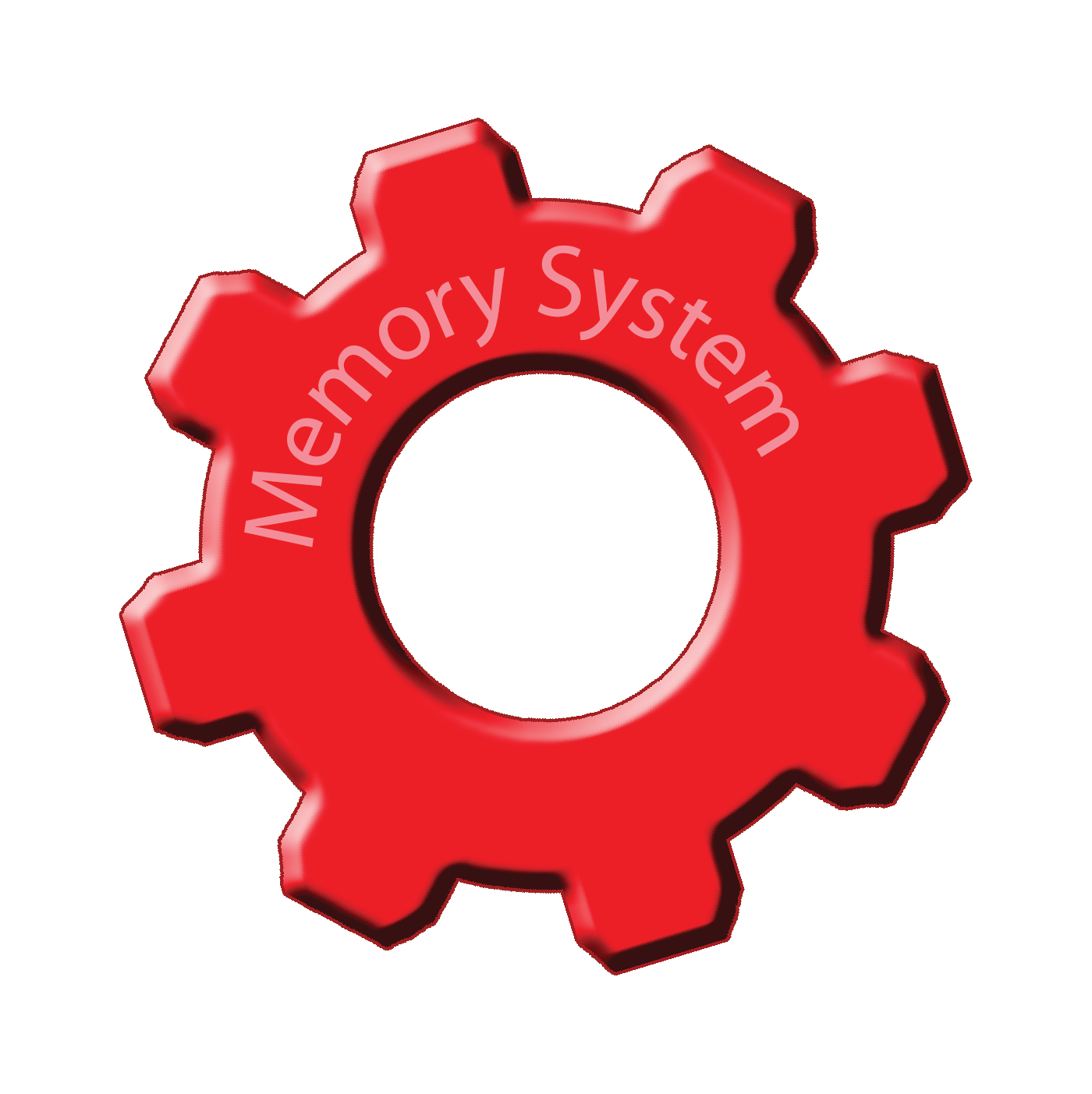




Cognitive Function Development Therapy
Improving Recovery Outcomes
TransformED provides targeted cognitive function development therapy as an evidence-based, research-backed, non-invasive therapeutic treatment for individuals or groups.
Call: 928-848-9766 | Email: info@transformedtraining.org





TransformED provides targeted cognitive function development therapy as an evidence-based, research-backed, non-invasive therapeutic treatment for individuals or groups.
CFD Therapy drives long-lasting, far-reaching transference effects that can impact and improve the participant’s relationships, academic and work performance, clinical outcomes, and other life areas impacted by weak cognition. Therapeutic activities are adaptive, delivered through personal interaction, and are designed to increase in difficulty as the client’s cognition improves. CFD may be an appropriate primary, adjunct, or follow-up therapy in many situations including, but not limited to:
CFD Therapy targets neuroplastic development of individuals’ memory system, attention, and working memory:
 duration (e.g., sensory memory, short and intermediate-term memory, and long-term memory) or by type of memory (e.g. declarative or non-declarative). However categorized, though, the neurological basis of a stronger and more efficient memory is a matter of spinogenesis and synaptic remodeling. Cognitive function development therapy identifies and addresses weaknesses in the individual’s various neural networks to encode, store, and retrieve the record of sensory and behavioral information and experiences.
duration (e.g., sensory memory, short and intermediate-term memory, and long-term memory) or by type of memory (e.g. declarative or non-declarative). However categorized, though, the neurological basis of a stronger and more efficient memory is a matter of spinogenesis and synaptic remodeling. Cognitive function development therapy identifies and addresses weaknesses in the individual’s various neural networks to encode, store, and retrieve the record of sensory and behavioral information and experiences. irrelevant, is a complex cognitive function that enables the individual to achieve and maintain a state of alertness, orient toward and select relevant information, and regulate thoughts in a willful manner. Attention arises from the expression of one or more “process networks,” though it is often easier to consider specific attentional behaviors – e.g. focused, selective, alternating, divided, or sustained attention. Deficient attention is a predictor of poor treatment outcomes and adherence to therapy-as-usual protocols. CFD therapy stimulates the brain’s inherent neuroplastic capacities, thereby leading to clinically significant improvements in both “bottom-up” and “top-down” attentional processes.
irrelevant, is a complex cognitive function that enables the individual to achieve and maintain a state of alertness, orient toward and select relevant information, and regulate thoughts in a willful manner. Attention arises from the expression of one or more “process networks,” though it is often easier to consider specific attentional behaviors – e.g. focused, selective, alternating, divided, or sustained attention. Deficient attention is a predictor of poor treatment outcomes and adherence to therapy-as-usual protocols. CFD therapy stimulates the brain’s inherent neuroplastic capacities, thereby leading to clinically significant improvements in both “bottom-up” and “top-down” attentional processes. frequency bursts held within a coupled theta or beta frequency. In this form, the information may be acted upon by any number of top-down processes or influenced by one or more bottom-up processes before generating neuroplastic remodeling as learning or new information. This is working memory. Deficits in working memory are believed to contribute to the core pathology of many mental and behavioral health disorders, and can profoundly impact the individual’s capacity and proficiency in developing healthy relationships, performance within academic or work environments, or other life areas dependent upon dynamic and timely interactions. Working memory development involves enhancing the proficiency of interactions between the individual’s attentional and memory systems, increasing the carrying capacity within coupled neural oscillations, and improving the individual’s ability to manipulate and recode carried information.
frequency bursts held within a coupled theta or beta frequency. In this form, the information may be acted upon by any number of top-down processes or influenced by one or more bottom-up processes before generating neuroplastic remodeling as learning or new information. This is working memory. Deficits in working memory are believed to contribute to the core pathology of many mental and behavioral health disorders, and can profoundly impact the individual’s capacity and proficiency in developing healthy relationships, performance within academic or work environments, or other life areas dependent upon dynamic and timely interactions. Working memory development involves enhancing the proficiency of interactions between the individual’s attentional and memory systems, increasing the carrying capacity within coupled neural oscillations, and improving the individual’s ability to manipulate and recode carried information.
A growing number of sources have jumped on the so-called “brain training” bandwagon. Training and building specific cognitive skills have their place, particularly if the goal is to improve individual performance in a narrow-focused specific activity. For example, training can be helpful to improve a person’s performance on academic tests. By contrast, however, TransformED’s cognitive function development therapy is formulated to drive long-lasting, far-reaching transference effects. The foundational goal of CFD therapy is to stimulate, drive, and stabilize the requisite neurocognitive changes foundational to and consistent with the client’s view of “life after therapy.” CFD therapy lays the foundation upon which the client will be able to become a productive, functioning member of the broader community, gain and maintain meaningful and substantive employment, perhaps acquire further training or higher education, and enter into fulfilling relationships.





Not everyone understands what cognitive function development thrapy is, nor how it can be effectively administered to drive long-lasting, far-reaching transferrance effects. For the best results, CFD therapymust be fun, intensive, frequent, and of sufficient duration to produce lasting neurocognitive changes. Try it for yourself – either individually or in a group of up to four participants.
© 2018 TransformED, Inc. All rights reserved
An operational subsidiary of Transformational Opportunities, Inc.
